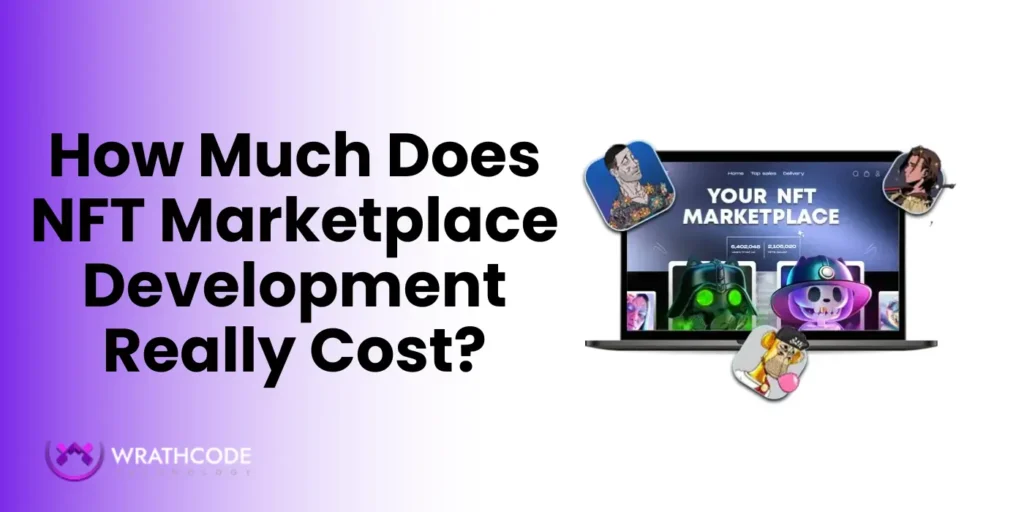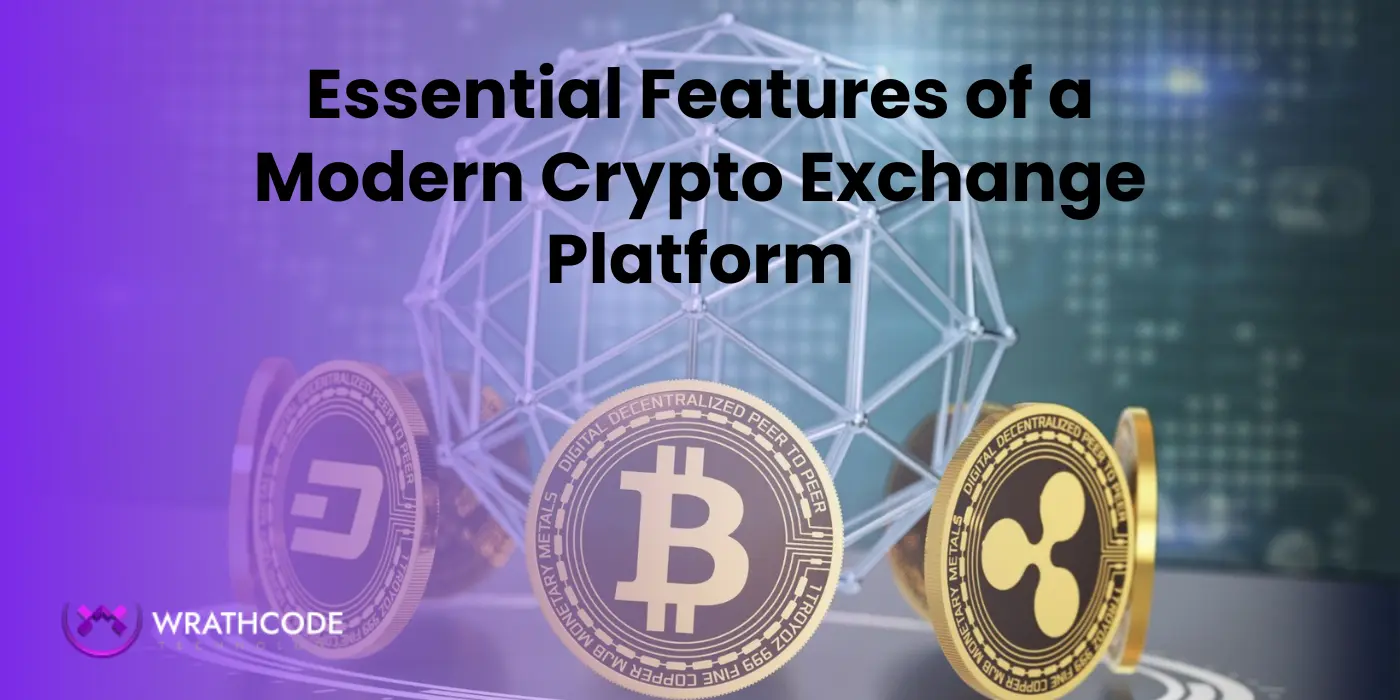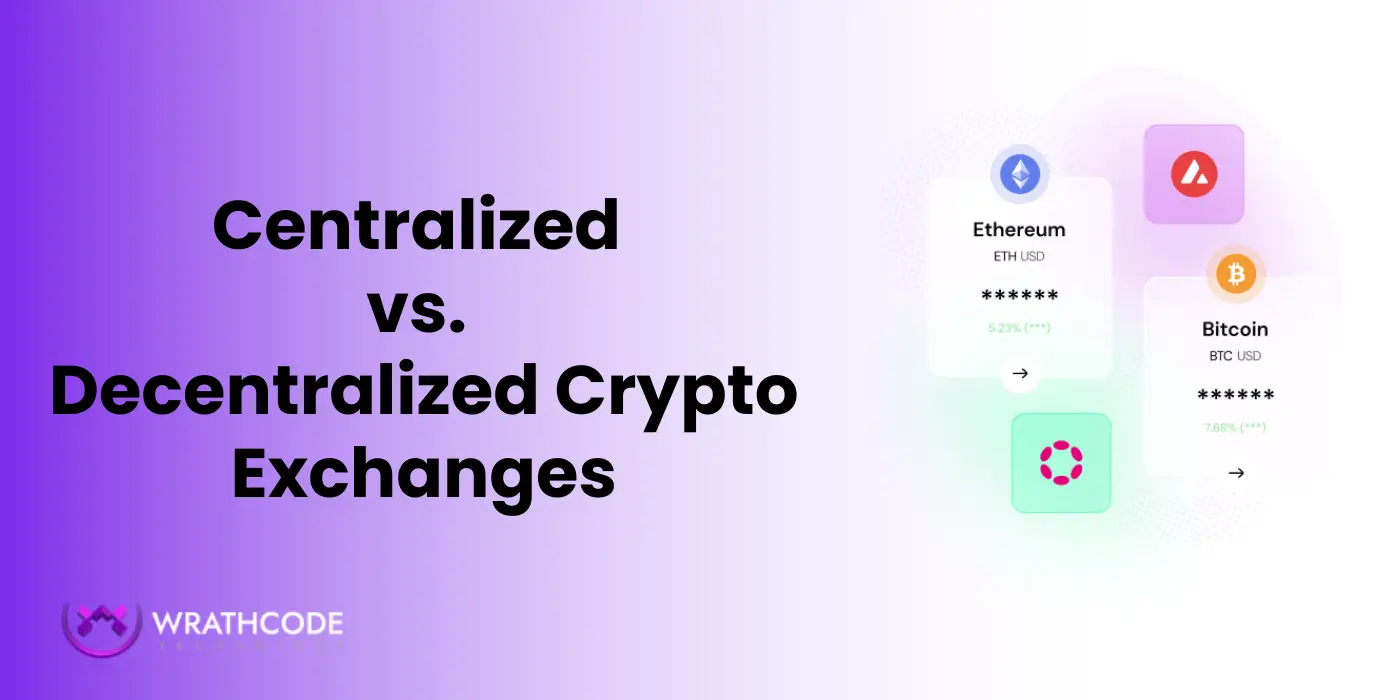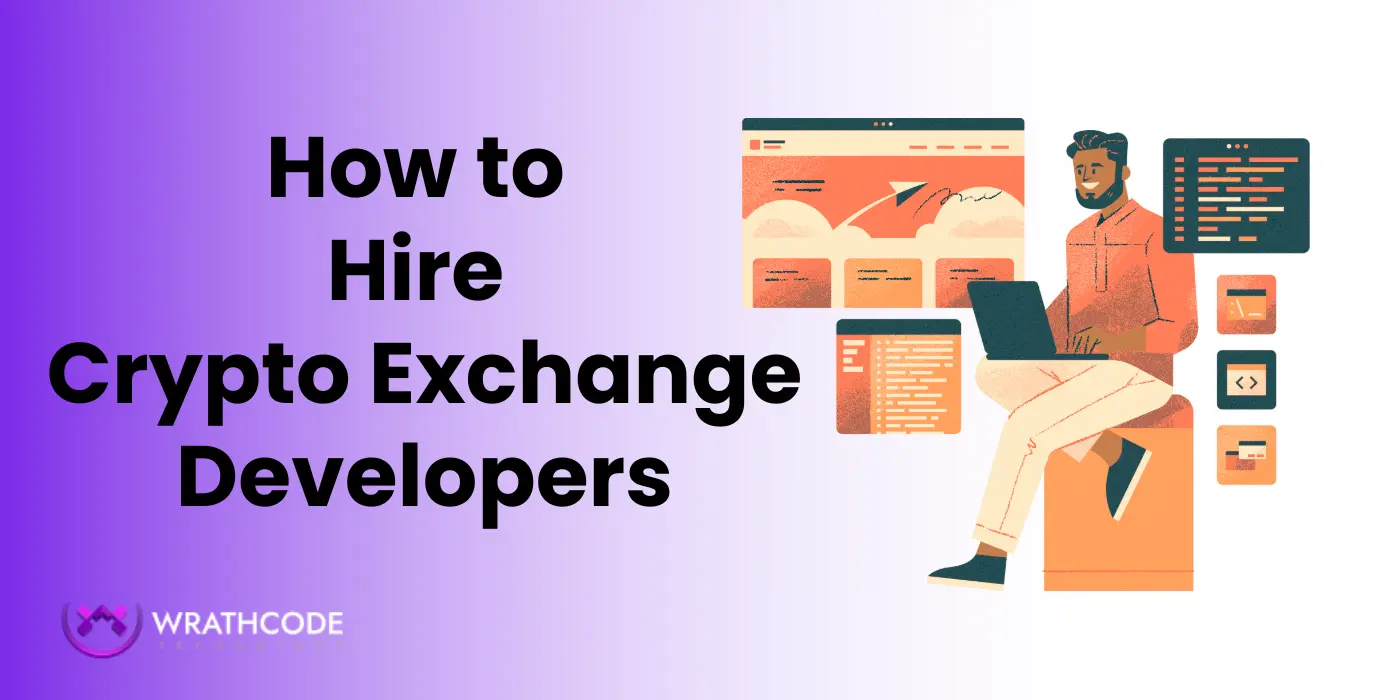
Building an NFT marketplace is no longer a niche idea. With global NFT sales crossing $20 billion annually, businesses and startups are racing to launch their own platforms. But the first question every founder asks is simple: “How much does it cost to develop an NFT marketplace?”
The truth is, costs vary widely. Development pricing depends on the type of marketplace, the blockchain platform, and the features you want to add. For example, a basic marketplace with limited functions might start from $40,000 – $70,000, while a feature-rich platform with advanced integrations can go beyond $250,000.
Knowing the actual cost upfront helps you plan your budget, avoid hidden expenses, and choose the right development approach. In this blog, we’ll break down the factors affecting NFT marketplace development costs, give you a clear cost comparison of basic vs advanced platforms, and share practical tips to reduce costs without sacrificing quality.
If you’re considering launching an NFT platform in 2025, this guide will give you the clarity you need before making an investment decision.
What Influences NFT Marketplace Development Cost?
The cost of building an NFT marketplace is shaped by several key factors. Each decision you make—technology, design, or compliance—adds to or reduces the final budget. Let’s break them down.
1. Type of NFT Marketplace
Not all NFT platforms are the same. A marketplace for digital art is simpler to develop compared to a platform built for gaming assets or metaverse items. Gaming marketplaces often require complex integrations, real-time asset tracking, and interactive dashboards—leading to higher costs.
2. Blockchain Platform Choice
The blockchain you select directly impacts both development costs and transaction fees.
- Ethereum: Most popular but comes with high gas fees.
- Solana: Faster and more affordable.
- Polygon: Cheaper transactions and Ethereum compatibility.
- Binance Smart Chain (BSC): Cost-effective with strong adoption in Asia.
Choosing the right blockchain can reduce expenses while ensuring scalability.
3. Features and Functionalities
The features you add are the backbone of cost estimation. Essential functions like user profiles, NFT minting, wallet integration, and search filters are cheaper to implement. Advanced features like royalty distribution, multi-chain support, and live auctions significantly increase development pricing.
4. UI/UX Design Complexity
A simple interface with ready-made templates costs less. But if you want custom designs, interactive dashboards, and a premium user experience, expect the design cost to rise by 20–30% of the total budget.
5. Smart Contract Development and Security
Smart contracts power NFT transactions. Writing and testing them for fraud prevention, royalty enforcement, and secure ownership transfers is one of the most expensive parts of the project. A single smart contract audit can cost $5,000 – $15,000 depending on complexity.
6. Maintenance and Support
Development isn’t a one-time cost. Ongoing bug fixes, updates, and server management typically account for 15–20% of the initial development cost per year.
7. Legal and Compliance Costs
NFT platforms must follow KYC/AML rules in many regions. Adding compliance features and hiring legal advisors adds to the overall budget but protects your project from future risks.
Cost Breakdown: Basic vs. Advanced NFT Marketplaces
Below is a detailed cost breakdown that shows how expenses differ between a basic and an advanced NFT marketplace.
| Component | Basic Marketplace (Approx. Cost) | Advanced Marketplace (Approx. Cost) |
|---|---|---|
| Backend & Frontend Development | $20,000 – $35,000 | $50,000 – $100,000 |
| Smart Contracts | $10,000 – $20,000 | $30,000 – $60,000 |
| Wallets & API Integrations | $5,000 – $10,000 | $20,000 – $40,000 |
| Security, Testing & Audits | $5,000 – $15,000 | $20,000 – $50,000 |
| Hosting & Infrastructure (Yearly) | $3,000 – $7,000 | $10,000 – $25,000 |
| Yearly Maintenance | 15% of development cost | 20% of development cost |
Total Development Estimate
- Basic NFT Marketplace: $40,000 – $70,000
- Advanced NFT Marketplace: $150,000 – $250,000+
This comparison highlights why many businesses start with an MVP before scaling into a full-featured platform.
Tips to Reduce NFT Marketplace Development Cost
Building an NFT marketplace can be expensive, but smart choices can help lower costs without hurting quality. Here are practical ways to optimize your budget.
1. Prioritize Features for an MVP
Start with a Minimum Viable Product (MVP). Focus only on essential features like NFT minting, wallet integration, and basic search. Advanced add-ons like auctions or multi-chain support can be added later once the platform gains traction.
2. Use Open-Source Tools and Frameworks
Instead of building everything from scratch, use open-source blockchain frameworks and ready-made smart contract templates. This can reduce development time and cut costs by up to 30%.
3. Choose the Right Blockchain
High gas fees on Ethereum can increase user costs and discourage adoption. Platforms like Polygon, Solana, or BSC offer lower fees and faster transactions, which keeps infrastructure costs manageable.
4. Outsourcing vs In-House Development
Hiring an in-house team is costly because of salaries, benefits, and ongoing overhead. Outsourcing to a specialized NFT development company often provides access to experienced developers at a lower rate, especially if you consider offshore teams in regions like India or Eastern Europe.
5. Plan for Scalability Early
Rebuilding a system later is more expensive than preparing for growth upfront. Even if you start small, design your marketplace architecture with future upgrades in mind to avoid heavy redevelopment costs.
How to Select the Right Development Partner
Choosing the right team is as important as setting the right budget. A skilled development partner can help you cut costs, avoid delays, and deliver a marketplace that performs well. Here’s what to look for:
1. Proven Experience in Blockchain and NFTs
Check if the team has hands-on experience with smart contracts, multiple blockchains, and NFT-specific features. Developers without blockchain expertise can create costly security flaws.
2. Portfolio and Case Studies
Always review past projects. A company that has delivered NFT marketplaces, crypto exchanges, or dApps is more reliable than one with no proven track record in blockchain.
3. Transparent Pricing
Hidden costs can break your budget. Choose a partner who provides a clear cost breakdown upfront and aligns with your business goals.
4. Technical Support and Maintenance
Post-launch support is critical. Ongoing bug fixes, upgrades, and scalability improvements should be part of the agreement.
Why Wrathcode is a Strong Choice
If you’re considering a reliable development partner, Wrathcode NFT Marketplace Development Services provide a balanced mix of expertise and cost efficiency. The team has delivered blockchain-based platforms across multiple industries, ensuring:
- End-to-end support: From MVP development to advanced marketplace scaling.
- Multi-chain expertise: Ethereum, Polygon, Solana, BSC, and more.
- Strong focus on security: Smart contract audits and compliance integration.
- Flexible engagement models: Outsourcing options to fit different budgets.
Working with a specialized partner like Wrathcode helps reduce unnecessary costs while giving you a platform that’s built to scale.
You can book a call to connect with an expert to get exact details according to your requirement.
Conclusion
The cost of NFT marketplace development in 2025 depends on platform type, blockchain choice, feature complexity, and long-term support needs. Still, if you have confusion regarding NFT Marketplace Development Cost, then you must connect with Wrathcode.
Related blogs –
White-label vs Custom NFT Marketplace Development: Which One Should You Choose?
Build Your Own NFT Marketplace Like OpenSea
Why Should You Start Your Own NFT Marketplace Business
Best Blockchain for NFT Marketplace Development
Can I Convert NFT to Real Money?




Leave a Reply